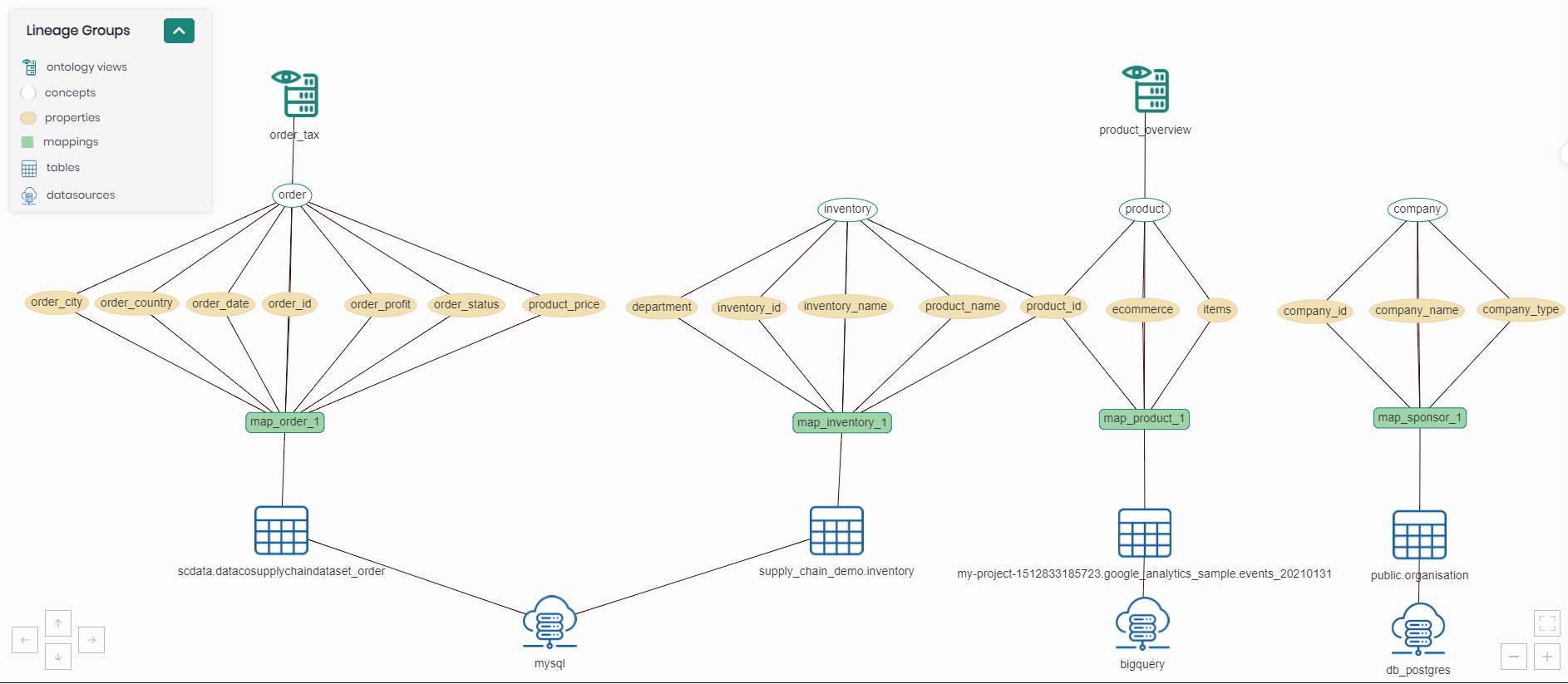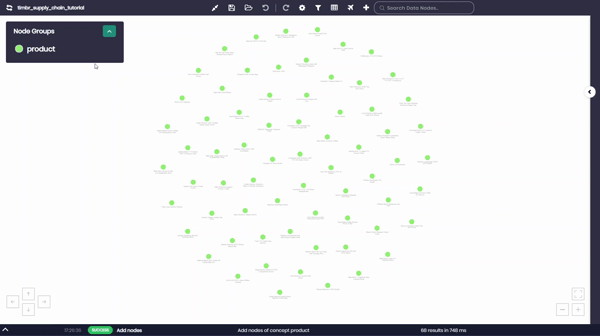Timbr's Knowledge Lineage module is designed to transform the complex web of data sources and dependencies into clear, actionable knowledge. By providing detailed insights into the journey of data from its integration to consumption, this powerful tool empowers data engineers and analysts to ensure the integrity and utility of their data architecture.
The Essential Role of Data Lineage
Data lineage plays an important role when trying to figure out the origin of the data. It helps data practitioners understand the dependencies to the original data sources, on which databases, tables and columns, or business metrics rely on.
For companies that want to keep their data organized, the Knowledge Lineage is extremely important as it allows the business to see not only how datasets are being used, but also make sure the dependencies don’t break. Impact analysis, changing a table column, a business metric, or a view could have a domino effect and the dependency analysis helps you better understand what could be affected.
This visibility helps businesses understand and correct the source of error. It provides better data quality, and companies can solve problems in existing applications faster and create new applications more easily.
Timbr's Knowledge Lineage
Timbr’s Knowledge Lineage embedded within its semantic layer offers in-depth insights into the data’s journey eliminating the need for external tools and the creation of data catalogs and indexes. Its unique capability allows users to visualize any aspect of their data lineage, whether it be tables, schemas, views, data mappings, knowledge graph concepts, or even the most basic properties in the knowledge graph, seeing exactly where they are being used and what datasources they are connected to.
Timbr’s users benefit from an intuitive, graph-based interface, enabling dynamic interaction with data lineage. This approach simplifies tracing data from origin to endpoint, enhancing understanding and interaction with data ecosystems effortlessly.
Contact us to explore the benefits of Timbr’s Knowledge Lineage for your organization and take the first step towards enhanced data management and insight.
How do you make your data smart?
timbr virtually transforms existing databases into semantic SQL knowledge graphs with inference and graph capabilities, so data consumers can deliver fast answers and unique insights with minimum effort.



